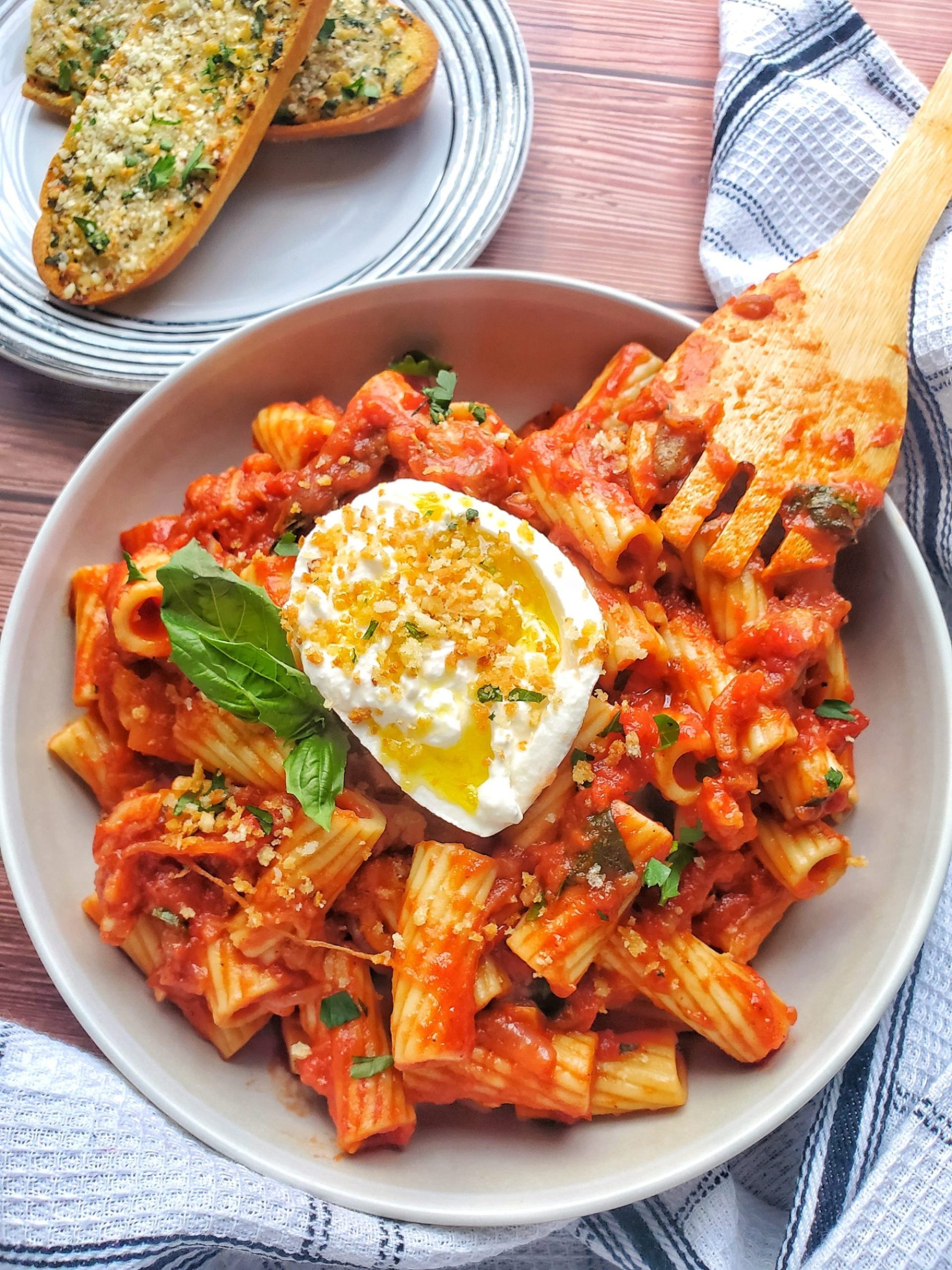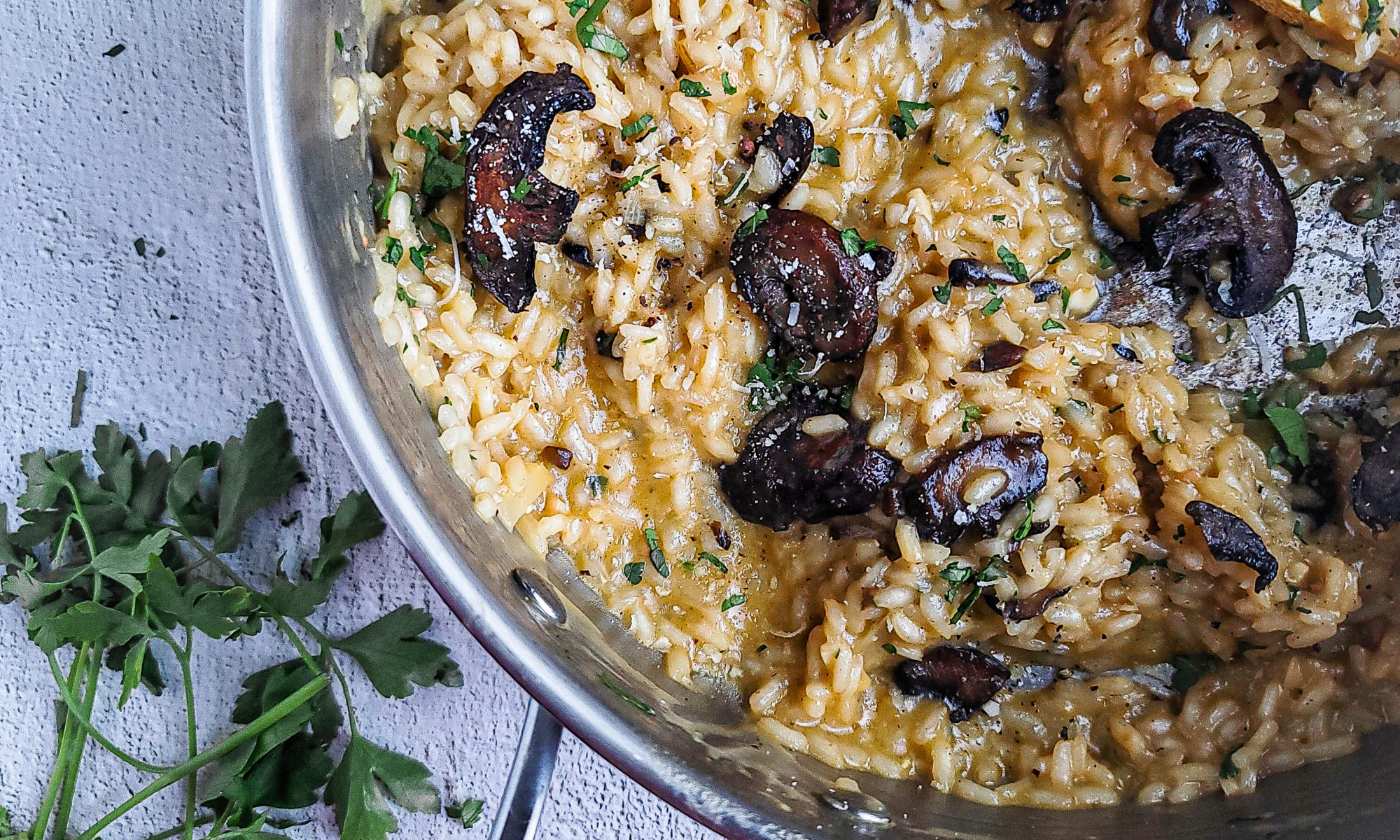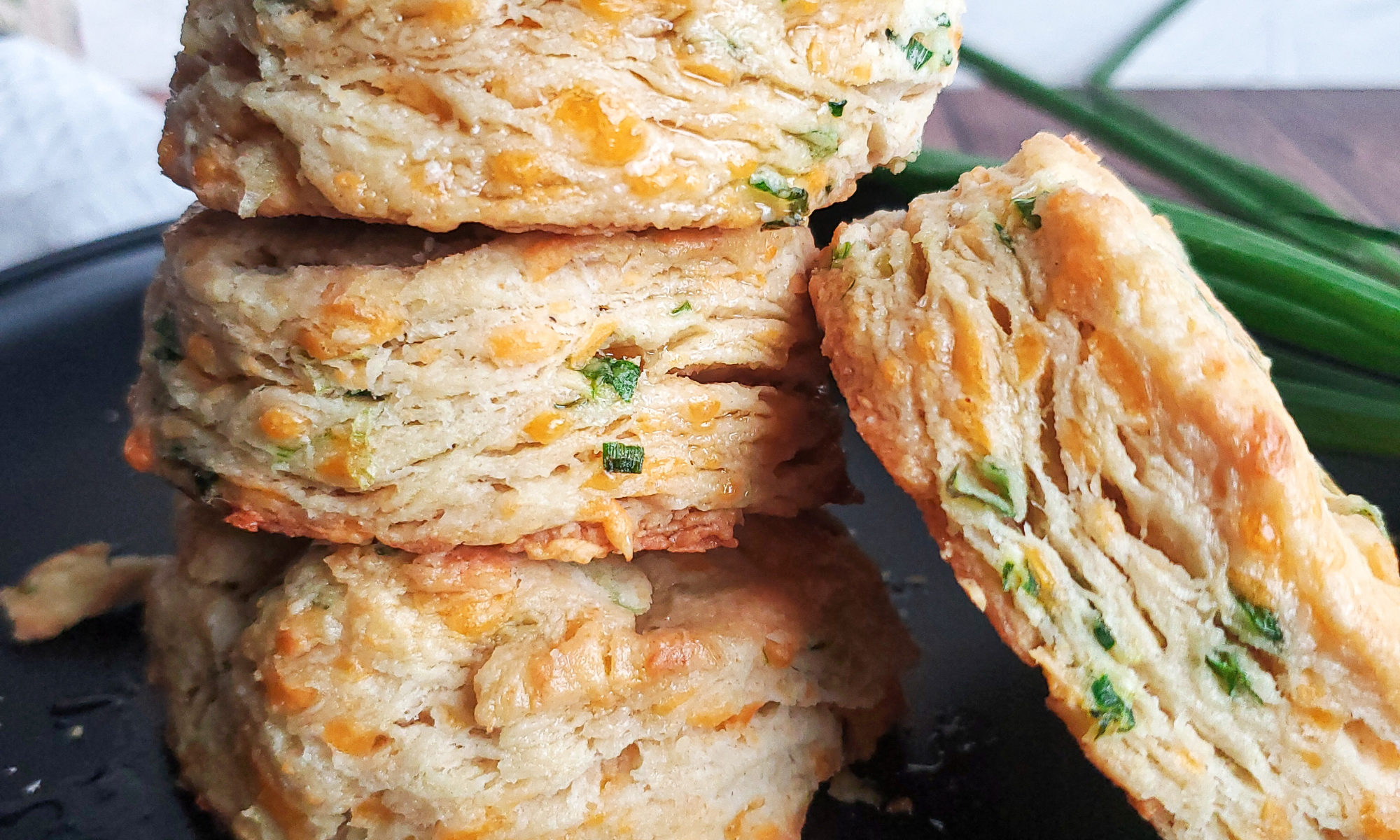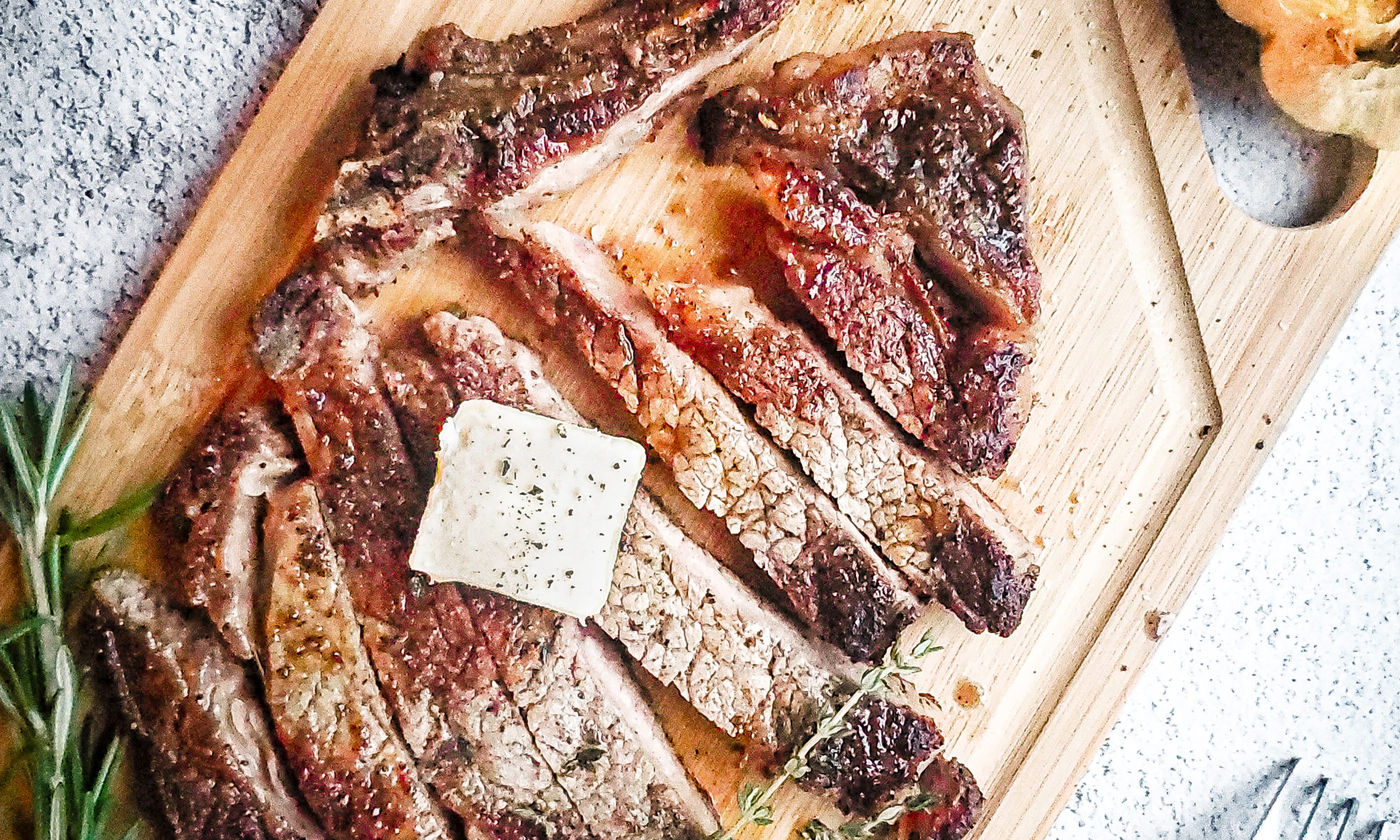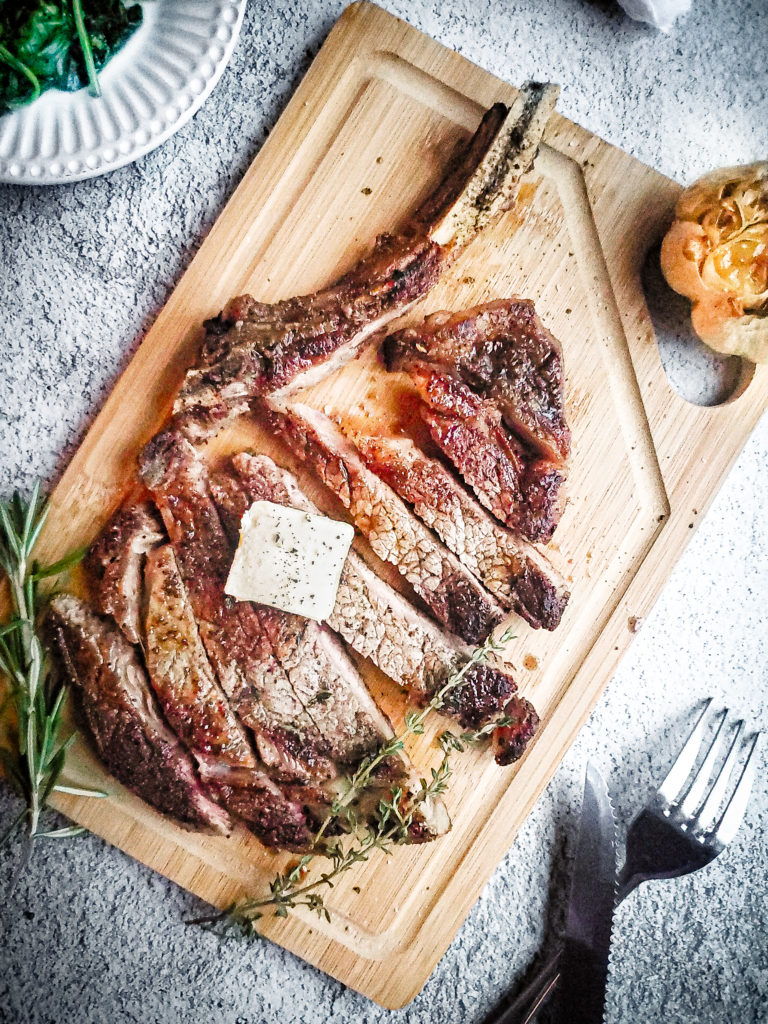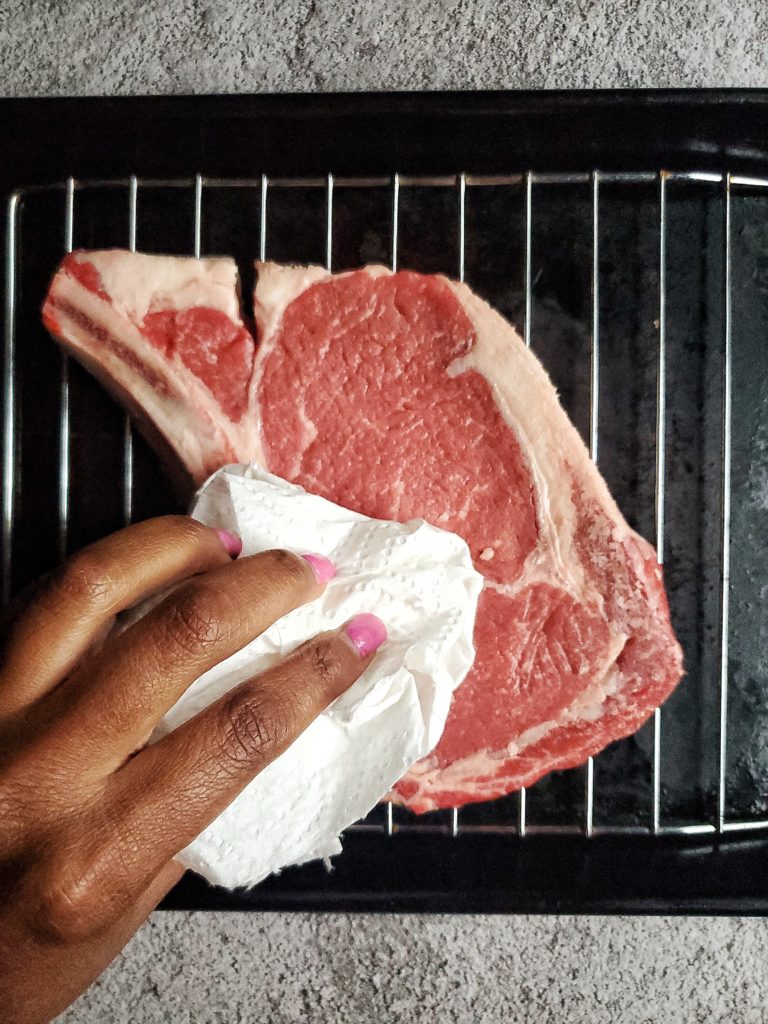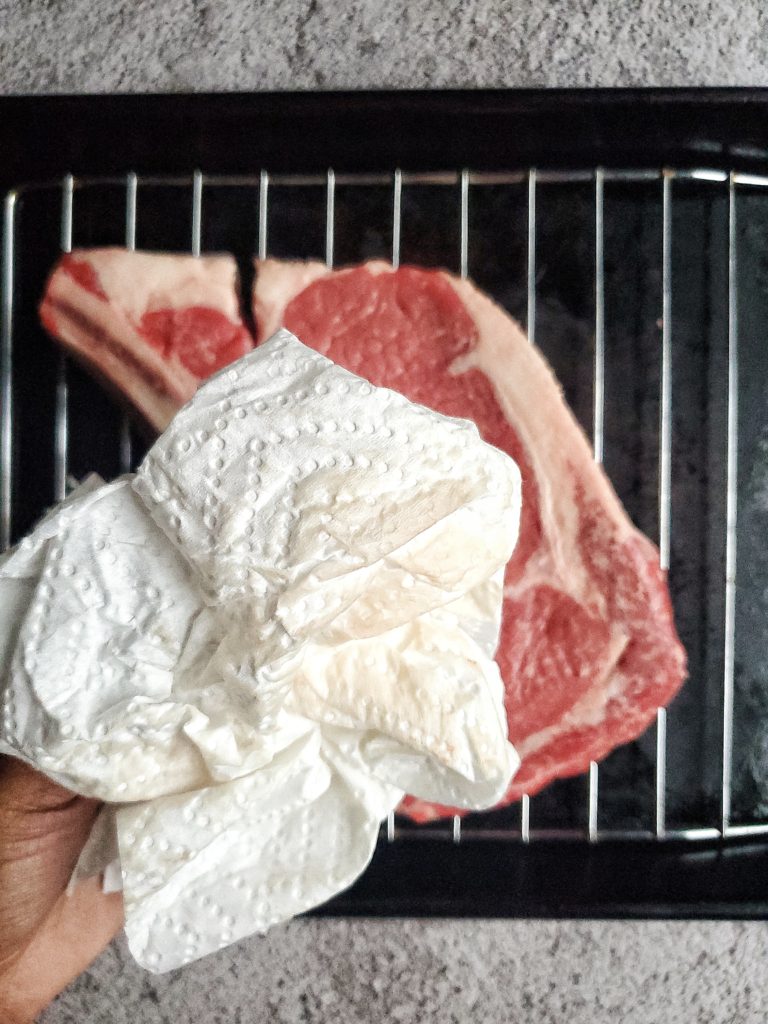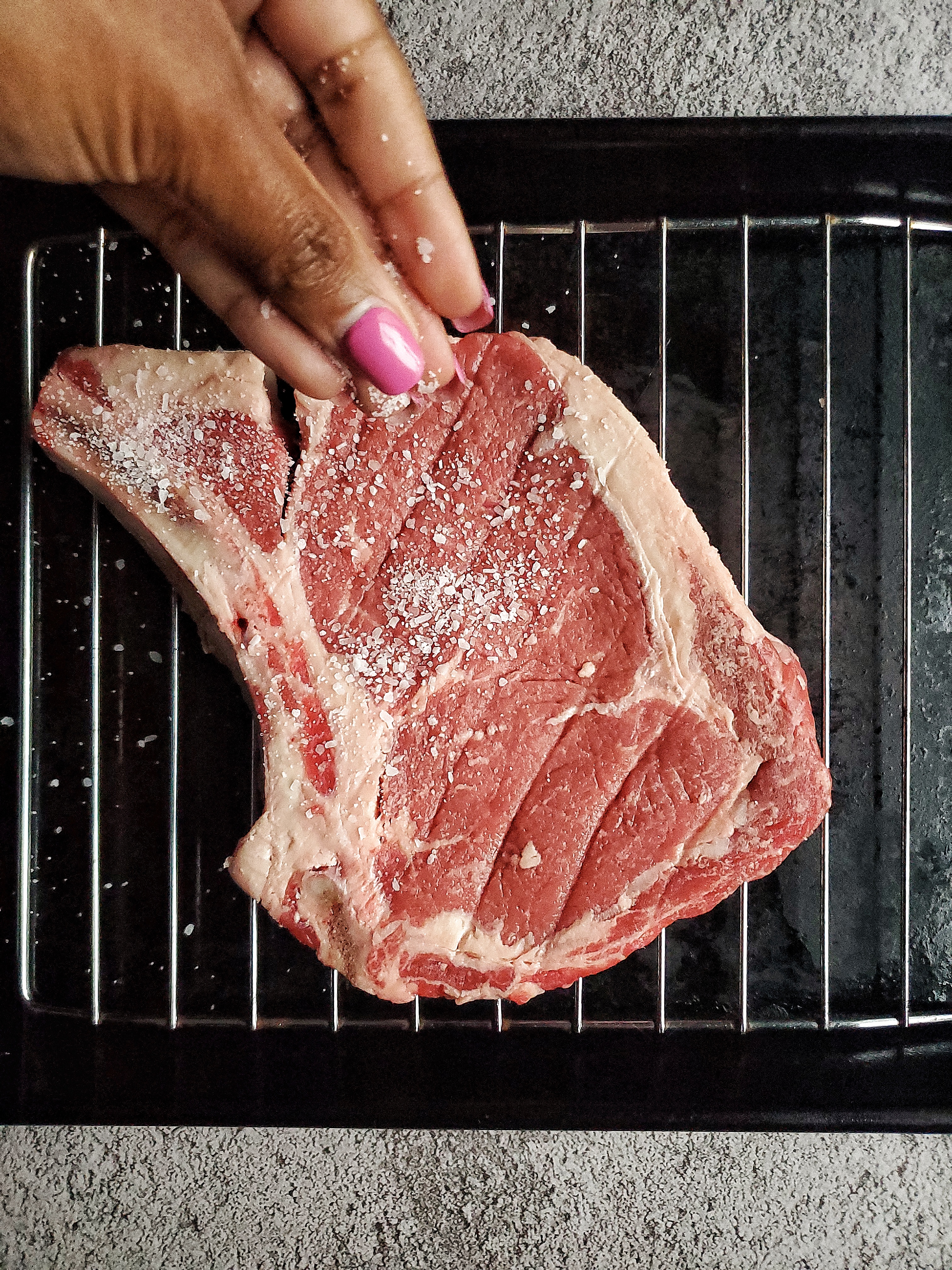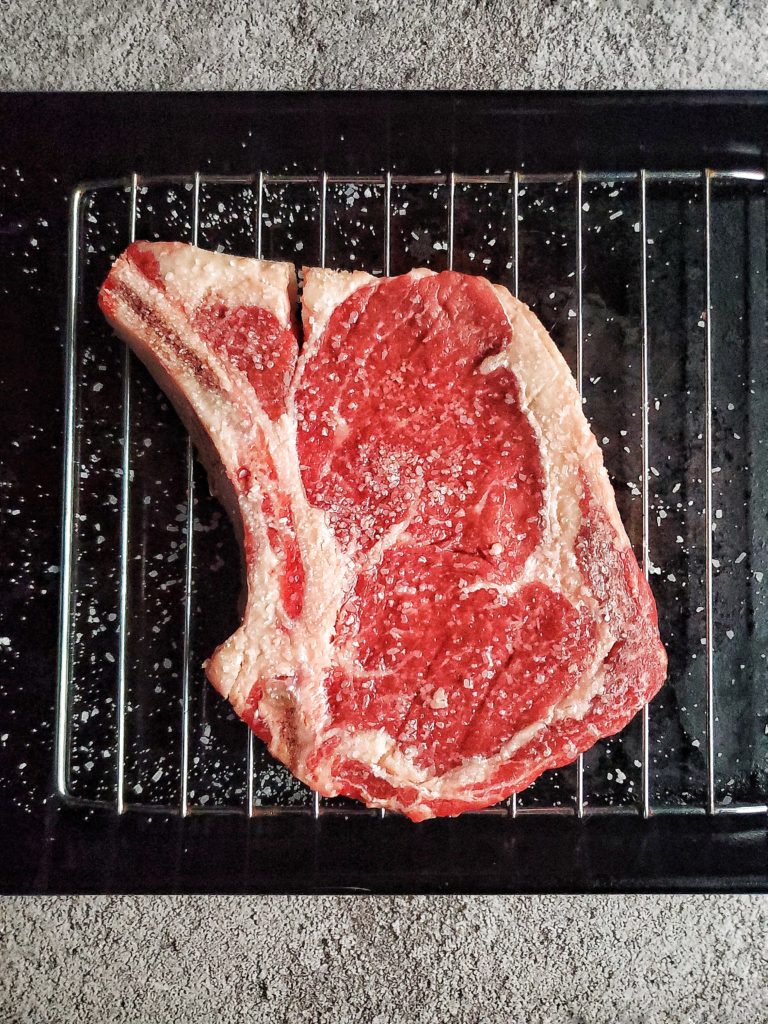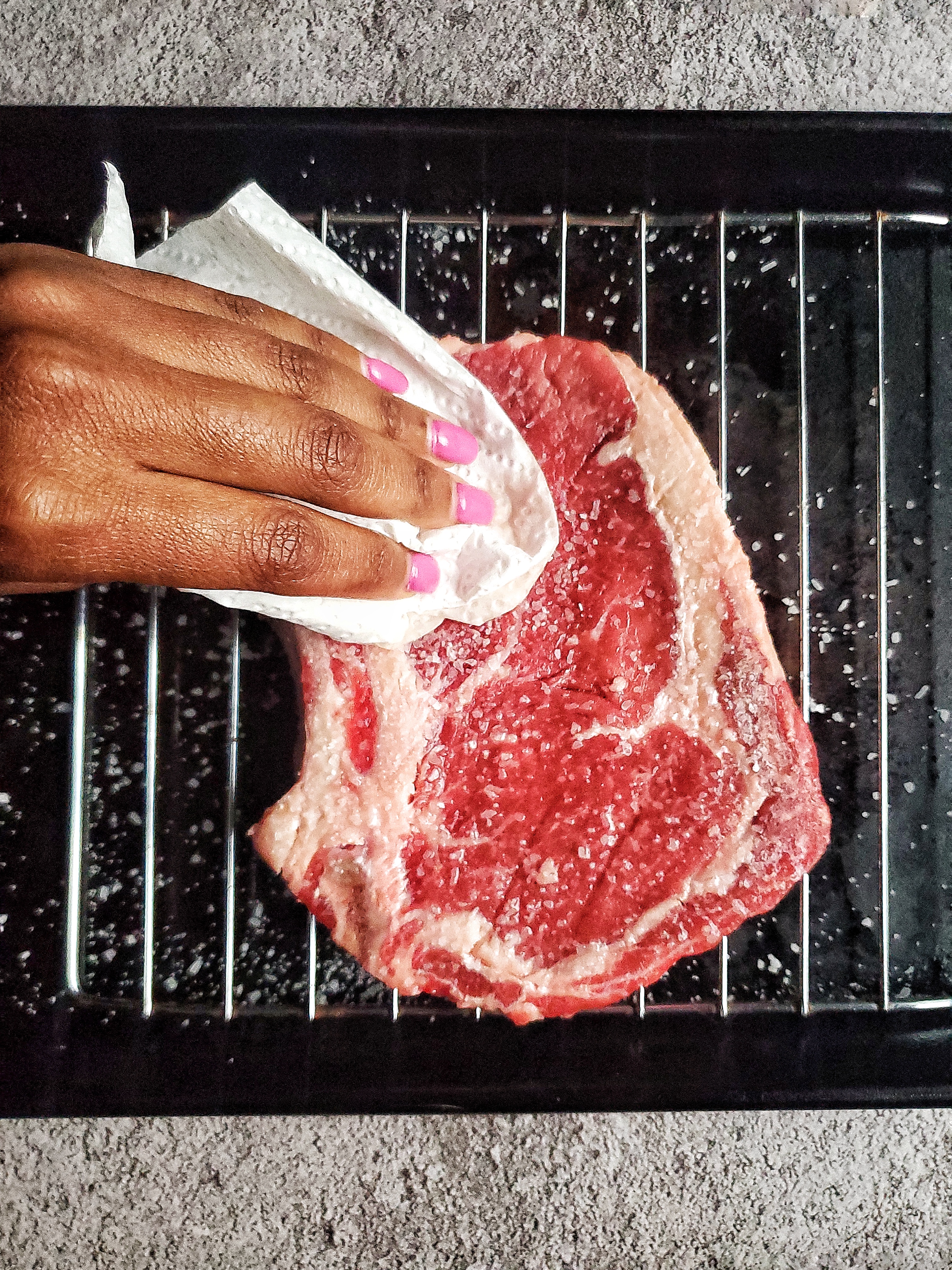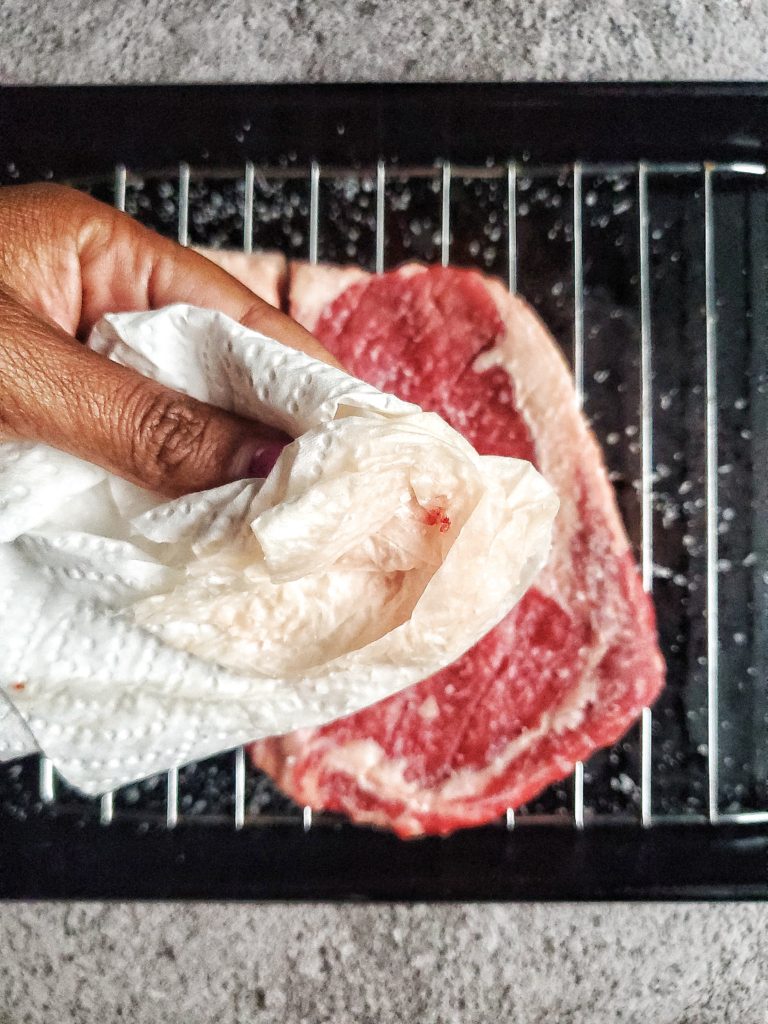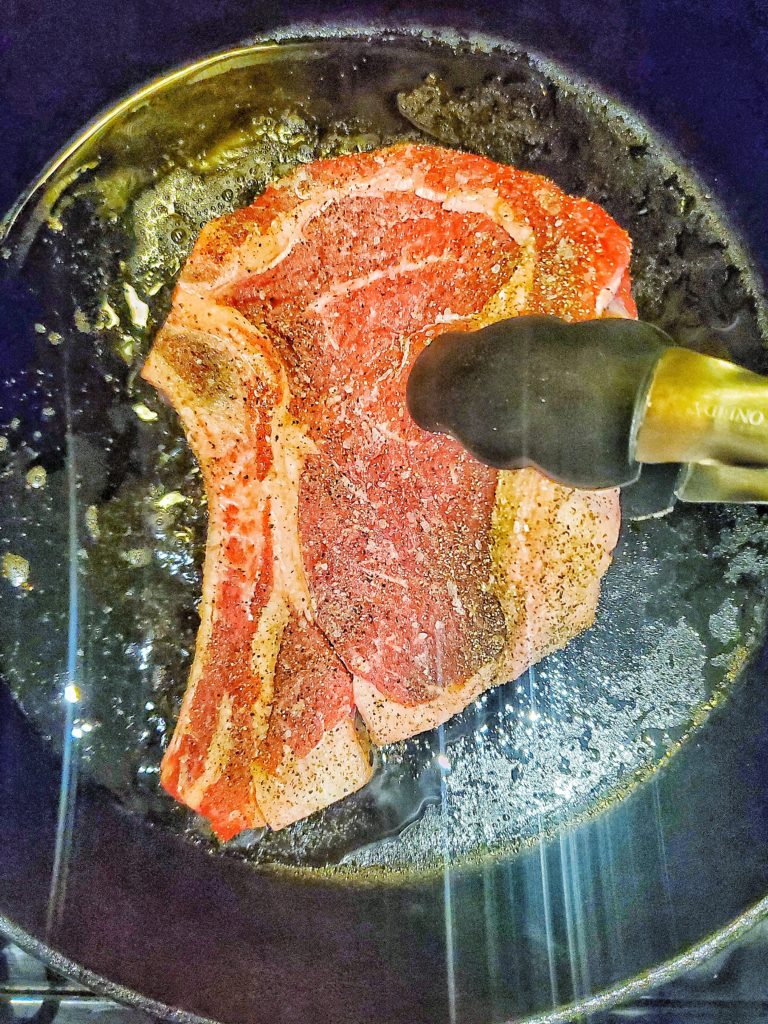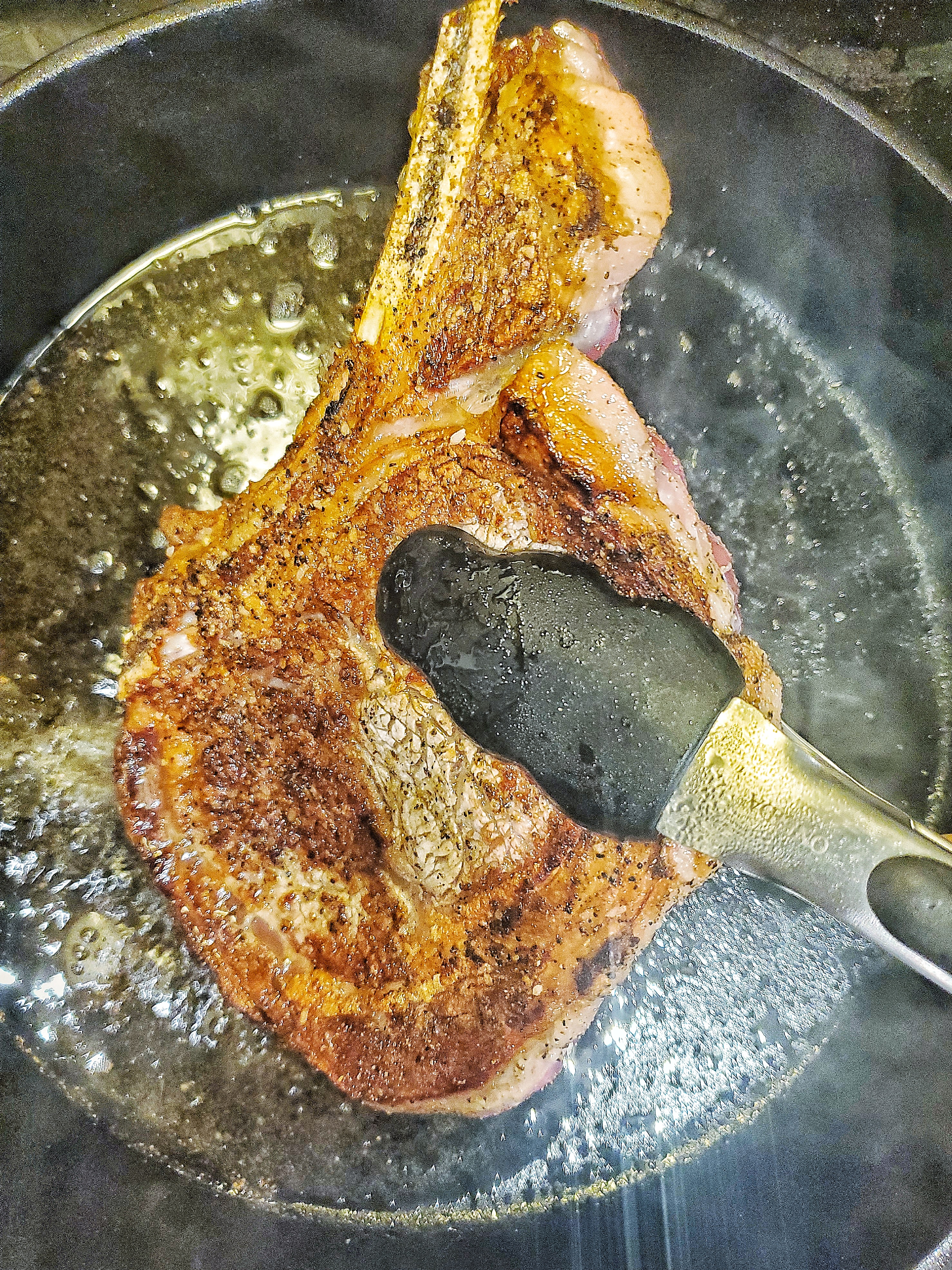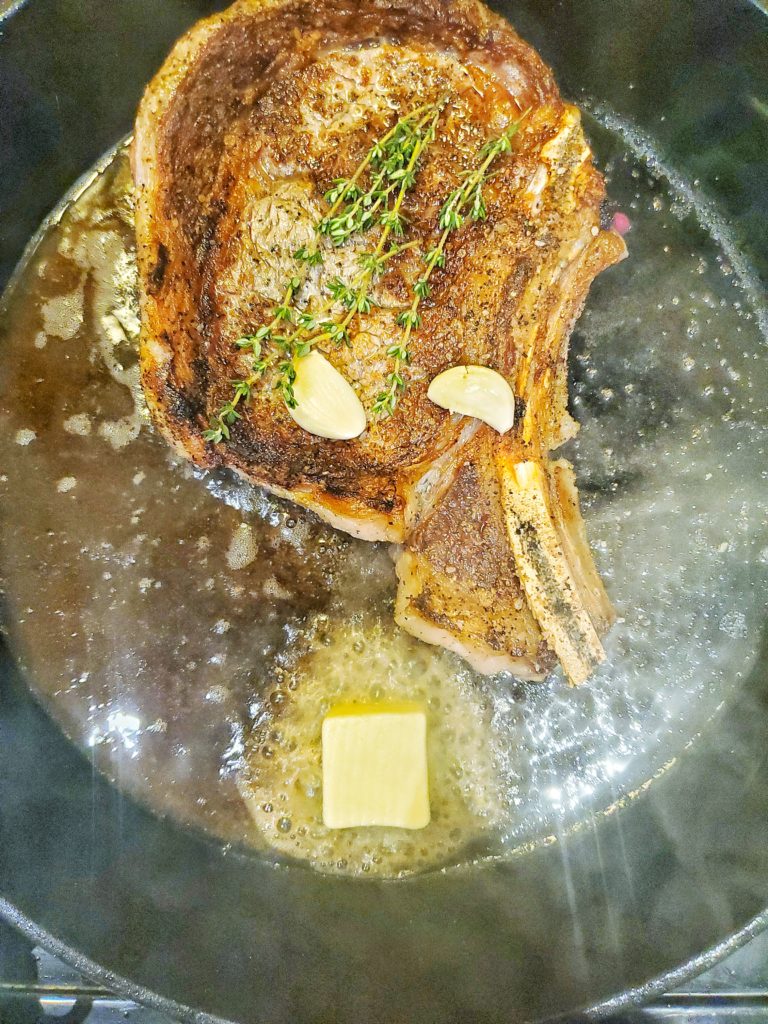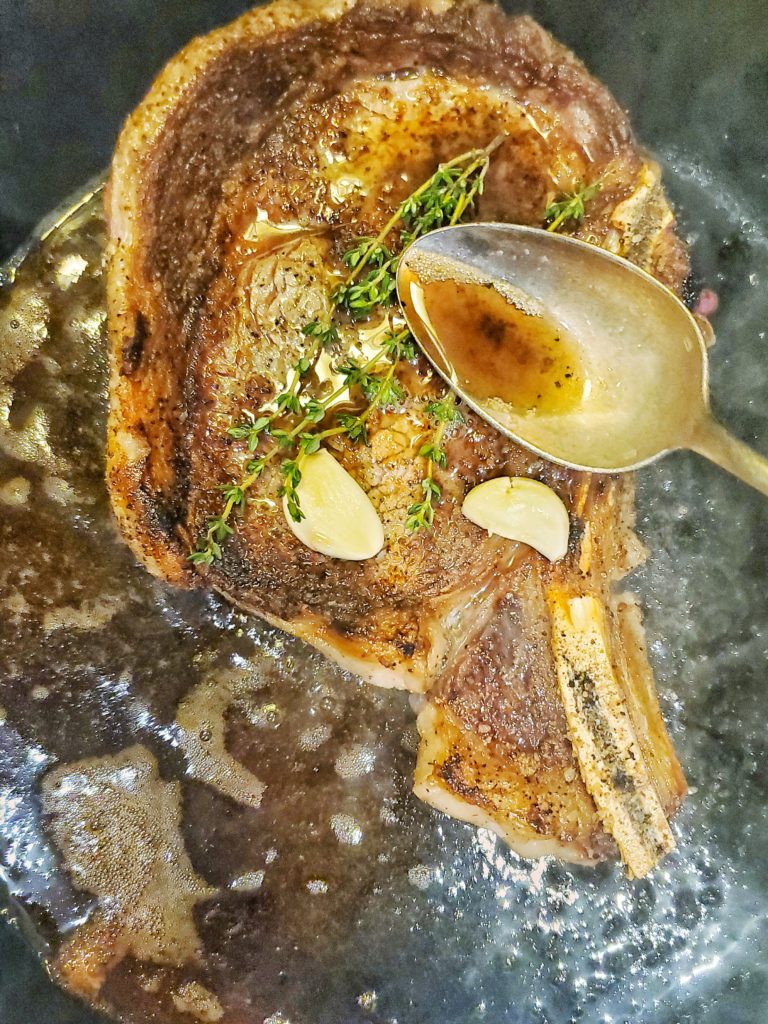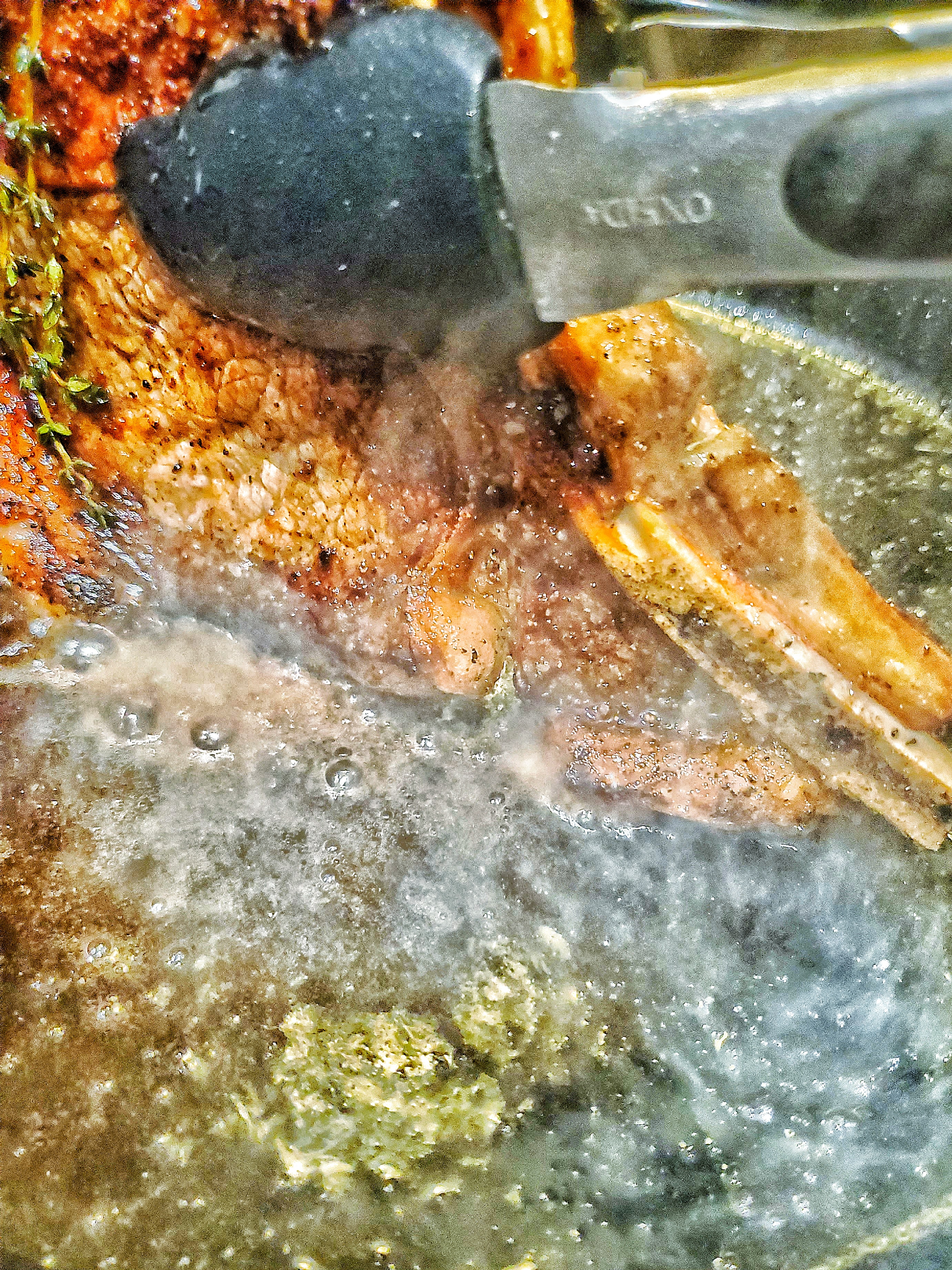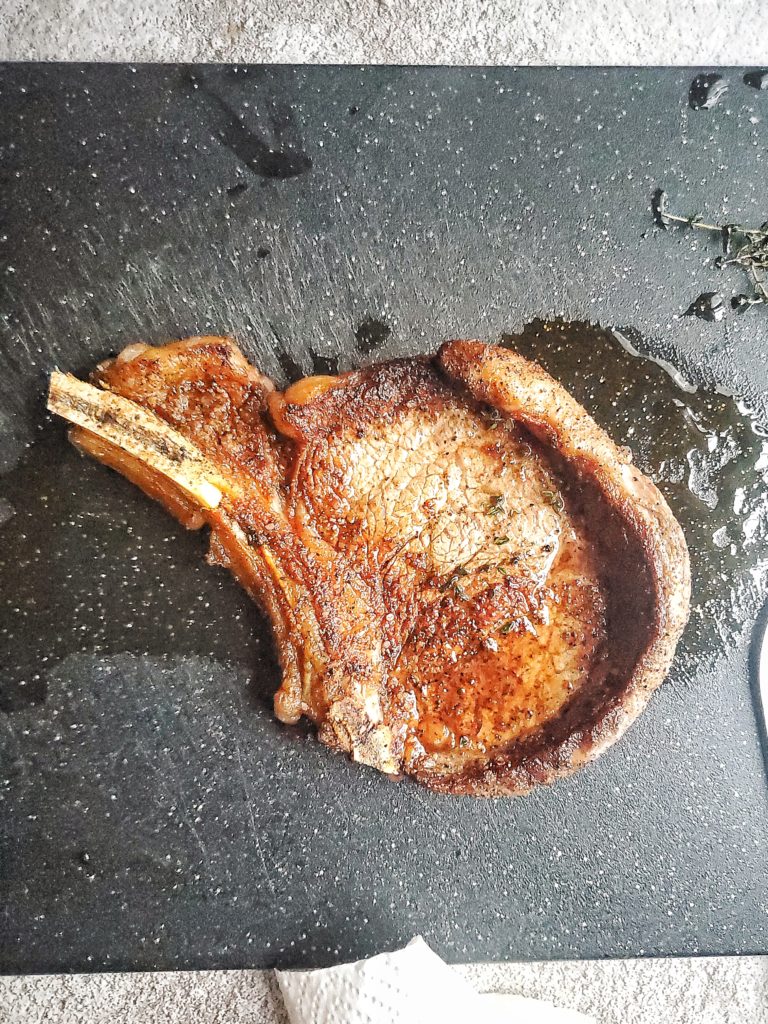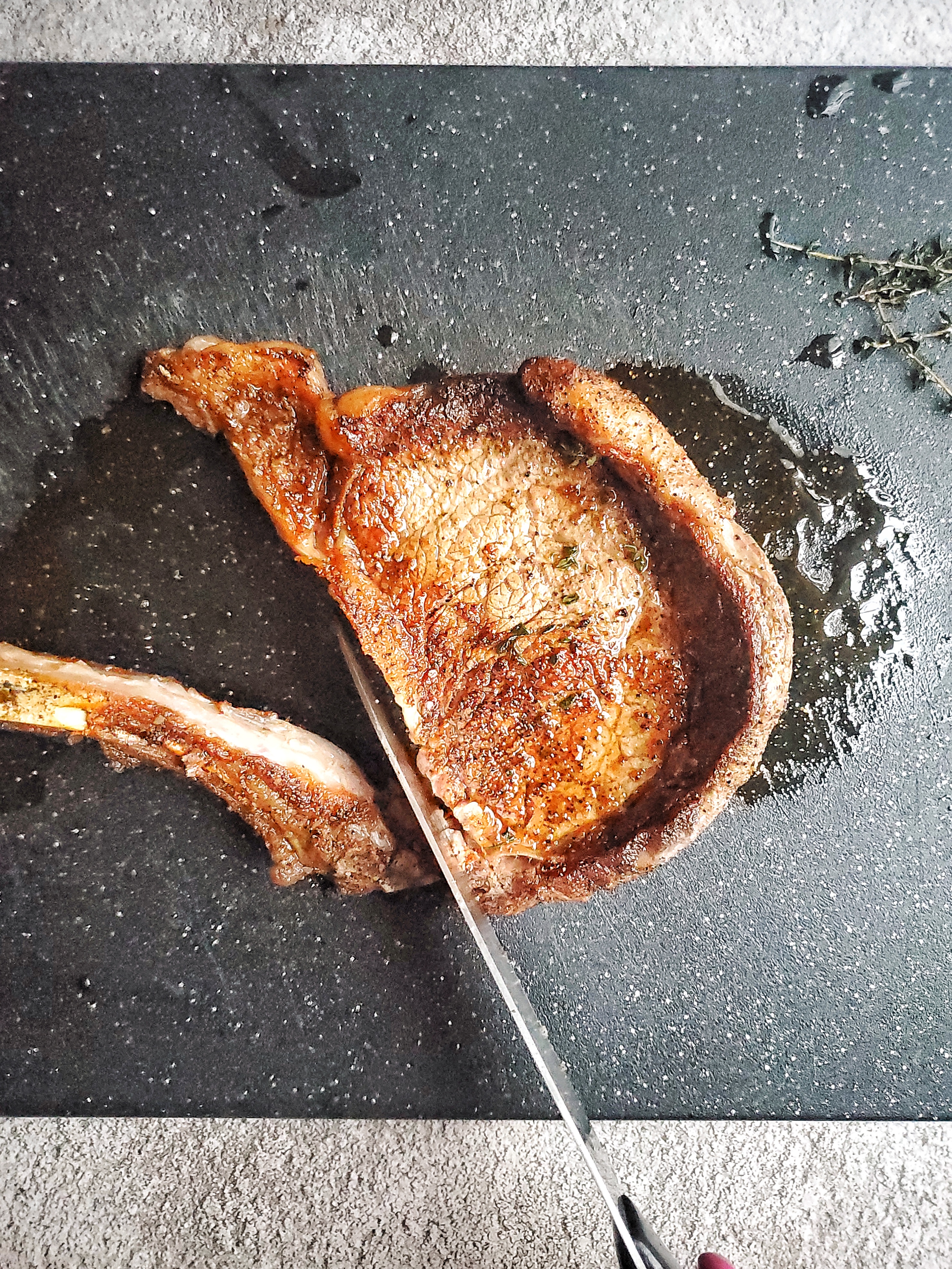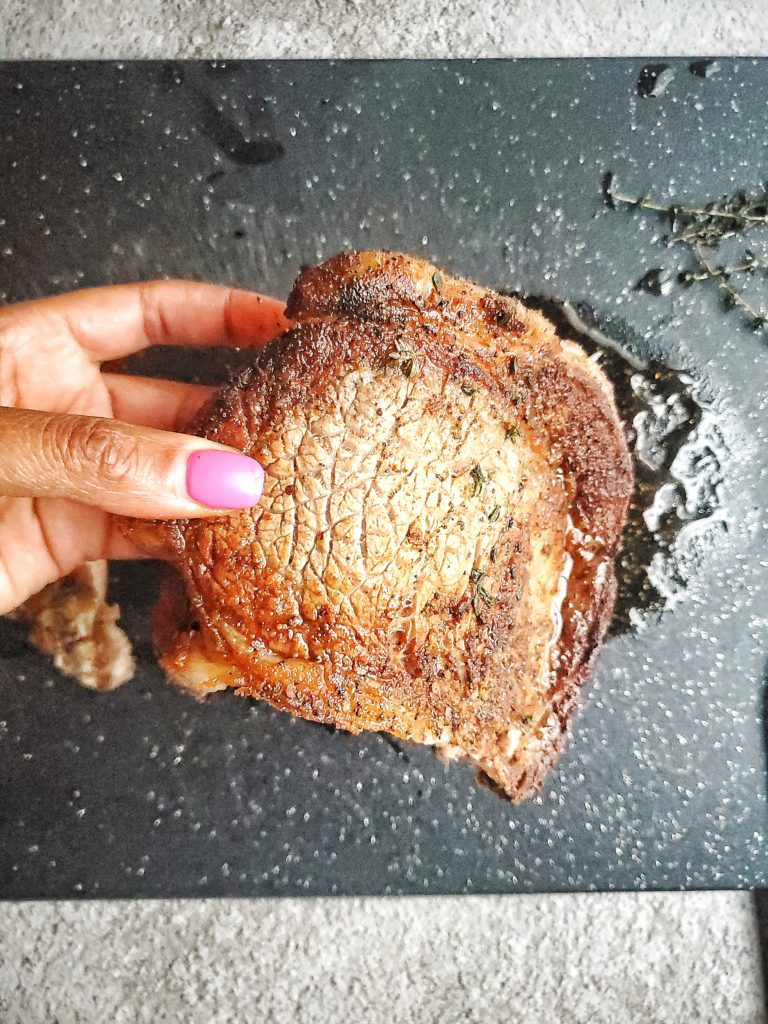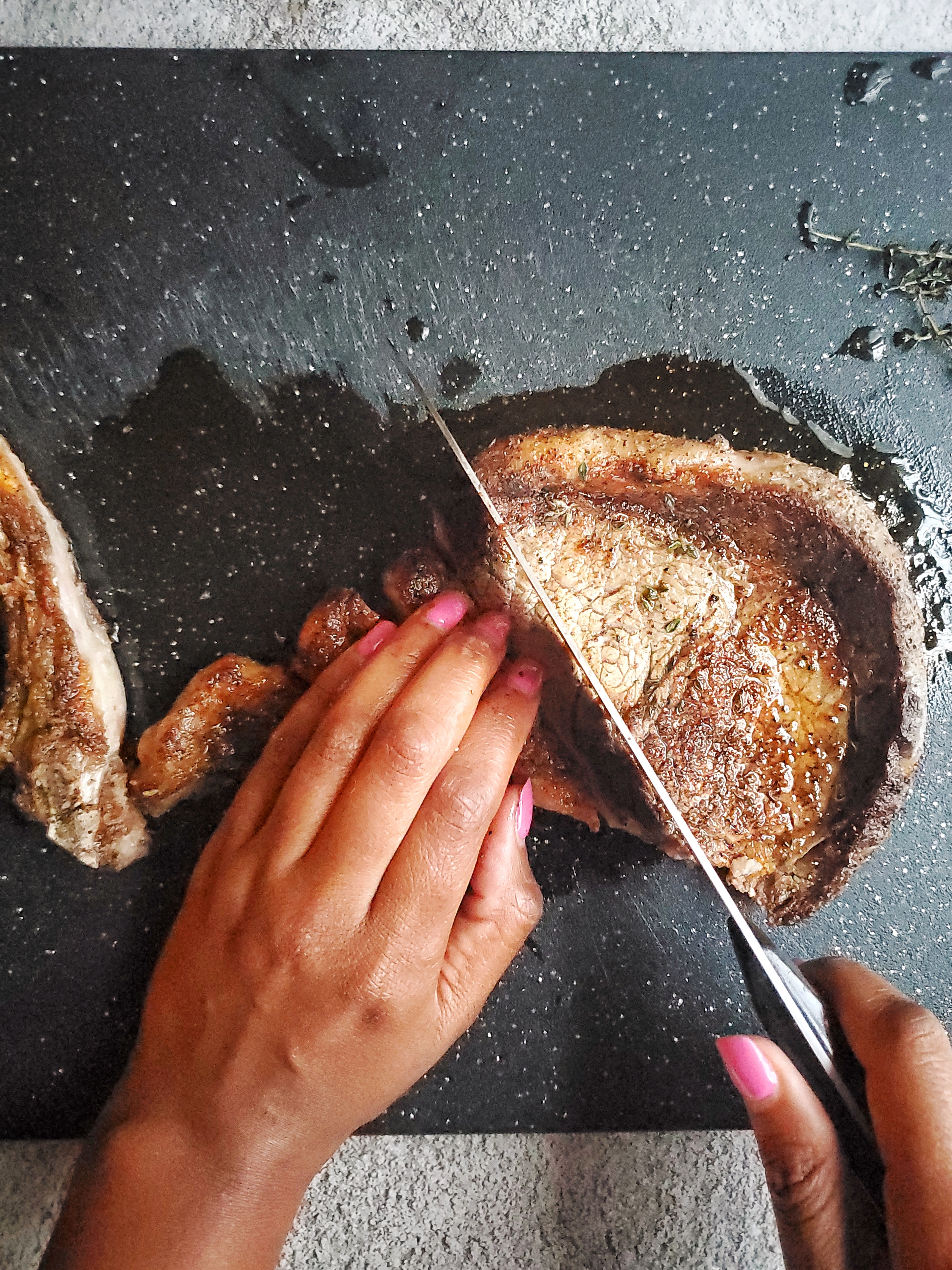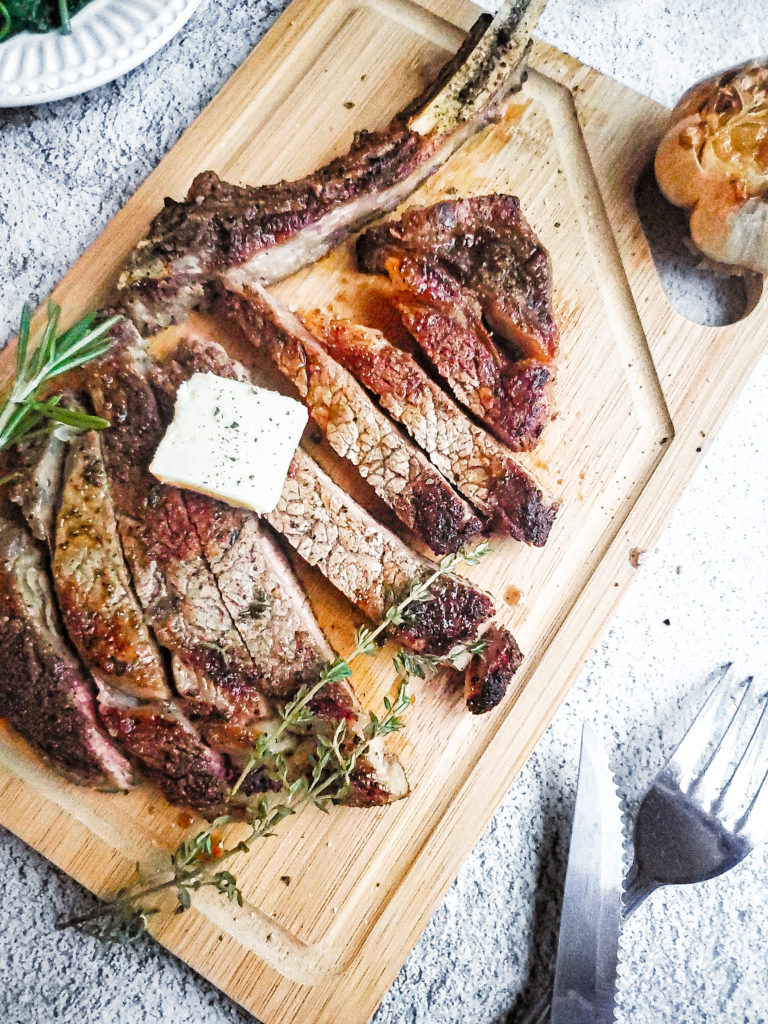A warm bowl of mushroom risotto is great as a vegetarian entree, or a side dish to meat and fish. The roasted mushrooms and addition of mascarpone cheese make for a restaurant-quality dinner!
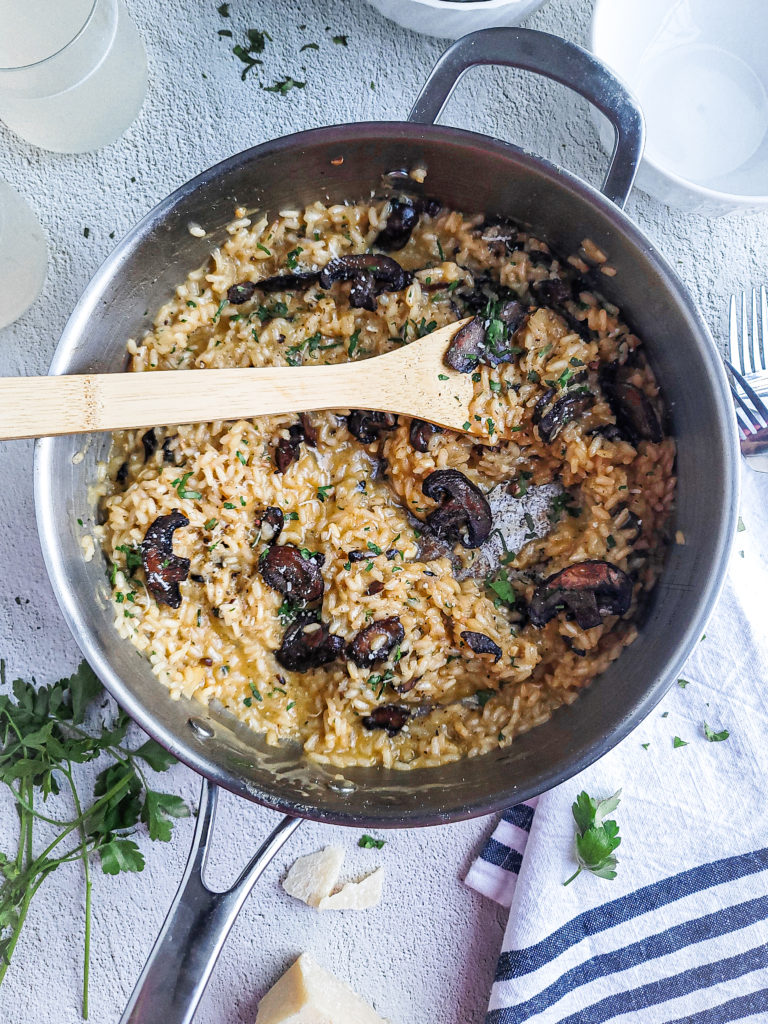
Mushroom risotto may seem like a difficult dish to make. But in reality, it’s so easy to execute. The only “difficult” part is the length of hands-on cooking. It takes some time to cook, and directions look tedious.
This is not a pot of rice left alone on the stovetop or made in a rice cooker. But don’t be scared! Risotto is a meal that requires extra love, which you will taste with the final product.
The following tips are important for making the perfect pot of risotto. There are some essentials you’ll need to make the best pot of risotto. Then, you’ll be able to make this yummy batch of mushroom risotto, or even your own variations of this Italian dish.
How to cook risotto
Risotto has several easy steps, but takes time to execute
- The onions are sauteed until soft and translucent.
- Arborio rice is poured into the pan to lightly toast with the onions.
- The hot liquid is pour in small amounts into the rice.
- Stir the rice every few seconds, so it absorbs the liquid.
- Cheese is added once all the liquid is absorbed.
What type of rice to use for risotto:
Arborio rice is a short-grain rice used to make risotto. It has a lot more starch than the long-grain rice, which is why more attention is needed when cooking.
When it’s made properly, cooked risotto will be soft and creamy without it being mushy. Stirring the rice is EXTREMELY important for this starchy rice, which I’ll explain below.
Arborio rice can be found in the rice aisle of your local grocery store. If not there, it can be found in the international aisle with the Italian products.
Why does risotto take so long to cook?
Risotto needs to cook low and slow, so each grain absorbs the right amount of stock. It should be cooked on medium-low heat. The rice will not cook at too high of a heat, and will become rice pudding at too low of a heat.
The starch also needs to be released from the arborio rice. The rice needs to be constantly stirred at the lower temperature, which takes a bit of time.
What type of pan to use to cook risotto
The pan used to cook risotto is also important. The rice needs to absorb the rice at a certain speed. When fully cooked, arborio rice should have a texture like al dente pasta. The rice will be soft, with a slight bite.
If you use too wide and shallow of a pan to cook risotto, the stock evaporates before the rice can absorb it. This makes the rice crunchy, since there is no liquid to cook. In turn, if a tall pot is used, the rice can take longer to absorb the liquid, causing the rice to steam. The rice will be mushy and starchy.
The best pot to use to cook risotto combines both types of pots mentioned above. You want to use a pan with a little height, 3 to 5 inches tall, to keep your stock from evaporating too quickly. It should also be the width of your burner.
Why should I use hot stock for my risotto?
Another important factor in cooking risotto is to NOT use cold or room temperature stock! Heat your broth of choice to a simmer, and turn the stove onto it’s lowest setting. Keep the stock warm while making the risotto.
Adding cold stock to the hot risotto will slow down the cooking process. Risotto is a timed dish, so cooling it in any form extends the cooking time, resulting in a mushy pot of rice. And remember…we don’t want that!
Can I add all the stock at once?
The short answer is HELL NO! Now for the explanation:
Arborio rice does not cook like traditional long grain rice. Adding all the stock boils the rice, and it will not absorb the liquid like it’s supposed to. The stock needs to be added in small batches, so the rice takes in the liquid at the proper speed.
Why do I have to keep stirring the risotto while cooking?
Arborio rice is very starchy. But, the only way for the starch to be released is by stirring. Believe it or not, constantly stirring the rice in stock while cooking creates a creamy texture without any dairy.
However, it is possible to stir the rice too much. The hot rice will cool down if stirred too frequently. Once the stock is added to the risotto, stir it for about 5 seconds every 30 to 45 seconds.
Now that you know the science behind it, you can make my creamy roasted mushroom risotto!
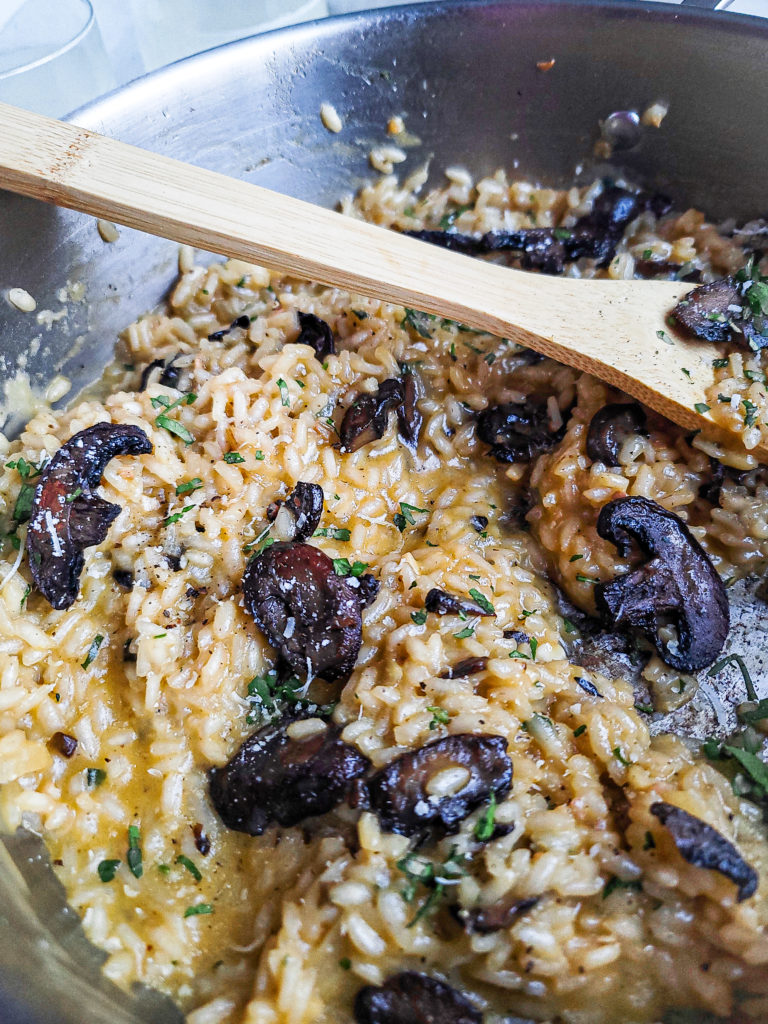
Which mushrooms should I use for mushroom risotto?
There are so many varieties of mushrooms out there. Luckily, you can use whichever ones you’d like!
Cremini, or baby bella, mushrooms are what’s regularly found in grocery stores. I like to use these for all my cooking. They’re a bit firm and hold up to high heat and liquids.
What kind of white wine should I use for the risotto?
It’s always best to use a white wine that you do not mind drinking. However, you should use a dry wine instead of sweet, since we’re making a savory dish and not dessert. Chardonnay is my favorite wine to cook with.
Are there any variations for your mushroom risotto?
The risotto can be made without dairy, making it vegan friendly! Omit the butter, grated parmesan, and mascarpone cheese. Luckily, most of risotto’s creamy consistency comes from the cooking process.
Mascarpone cheese is not widely available in grocery stores. If you choose, it can be omitted. Or, it can be replaced with heavy cream. You want to use one of the 2 to give the risotto the velvety flavor.
The wine can also be left out of the recipe. Make sure you replace the alcohol with the same amount of warm stock.
What should I serve with the mushroom risotto?
Risotto works an appetizer, entree, and side dish. This particular recipe is vegetarian, making it the perfect main course. Grilled or baked chicken and a side salad would taste great with this.
Yes, this was a lot to take in! Once you make one pot of risotto, you’ll realize how easy it is to execute, and you’ll question why rice intimidated you. Give this recipe a try to impress yourself and your friends!
If you’re looking for another intimidating recipe to tackle, check out these Five Spice Braised Short Ribs with Creamy Slaw.
Creamy Roasted Mushroom Risotto
Equipment
- 1 Cutting board
- 1 wooden spoon
- 1 small sauce pot
- 1 Ladle
- 1 large pan
- 1 Baking sheet
- 1 Mixing bowl
Ingredients
- 8 ounces mushrooms cleaned and sliced
- 6 tablespoons olive oil
- 1 teaspoon kosher salt
- ½ teaspoon ground black pepper
- ½ cup yellow onion small diced
- 2 tablespoons unsalted butter
- 4 cloves garlic minced
- ½ cup white wine
- 1 cup arborio rice
- 32 ounces vegetable stock
- ¼ cup grated parmesan cheese
- 4 tablespoons mascarpone cheese
- 1 tablespoon chopped parsley
- 2 teaspoons lemon juice
- Salt and pepper to taste
Instructions
- Preheat your oven to 400 degrees. Line a sheet pan with aluminum foil. Mix the mushrooms in a medium size bowl with 4 tablespoons of the olive oil, and the salt and pepper. Pour the mushrooms onto the tray in an even layer, and bake for 25 minutes. Set aside once they are roasted. You will cook the risotto while the mushrooms are roasting.
- In a small saucepot, heat the vegetable stock to a simmer. Then turn it down to it’s lowest setting to keep warm while making the risotto.
- In a large skillet, heat the remaining 2 tablespoons of olive oil on medium-low heat.
- Add the diced onions. Stir the onions while sauteeing to prevent them from getting color. Cook for 2-3 minutes until the onions are soft and slightly translucent.
- Add the butter and minced garlic. Cook while stirring until the butter is melted.
- Add the arborio rice into the skillet. Continuously stir for 2 minutes to lightly toast the rice.
- Pour the white wine in the skillet. Stir until all the liquid has absorbed in the rice.
- Pour a half of a cup of the warm vegetable stock over the rice. Every 30 seconds, give the rice a stir until most of the liquid has been absorbed. This should take 2-3 minutes.
- Continue the process of adding a half cup of stock at a time to the rice, and stirring until most of the liquid has been absorbed. The stock will be added to the rice 8 times. Do not add all the stock at once!
- When you add the last half cup of stock, also add the parmesan and mascarpone cheese, parsley, lemon juice, and the roasted mushrooms. Thoroughly mix to combine and remove from heat.
- Taste the cooked risotto and season with salt and pepper to your liking.
